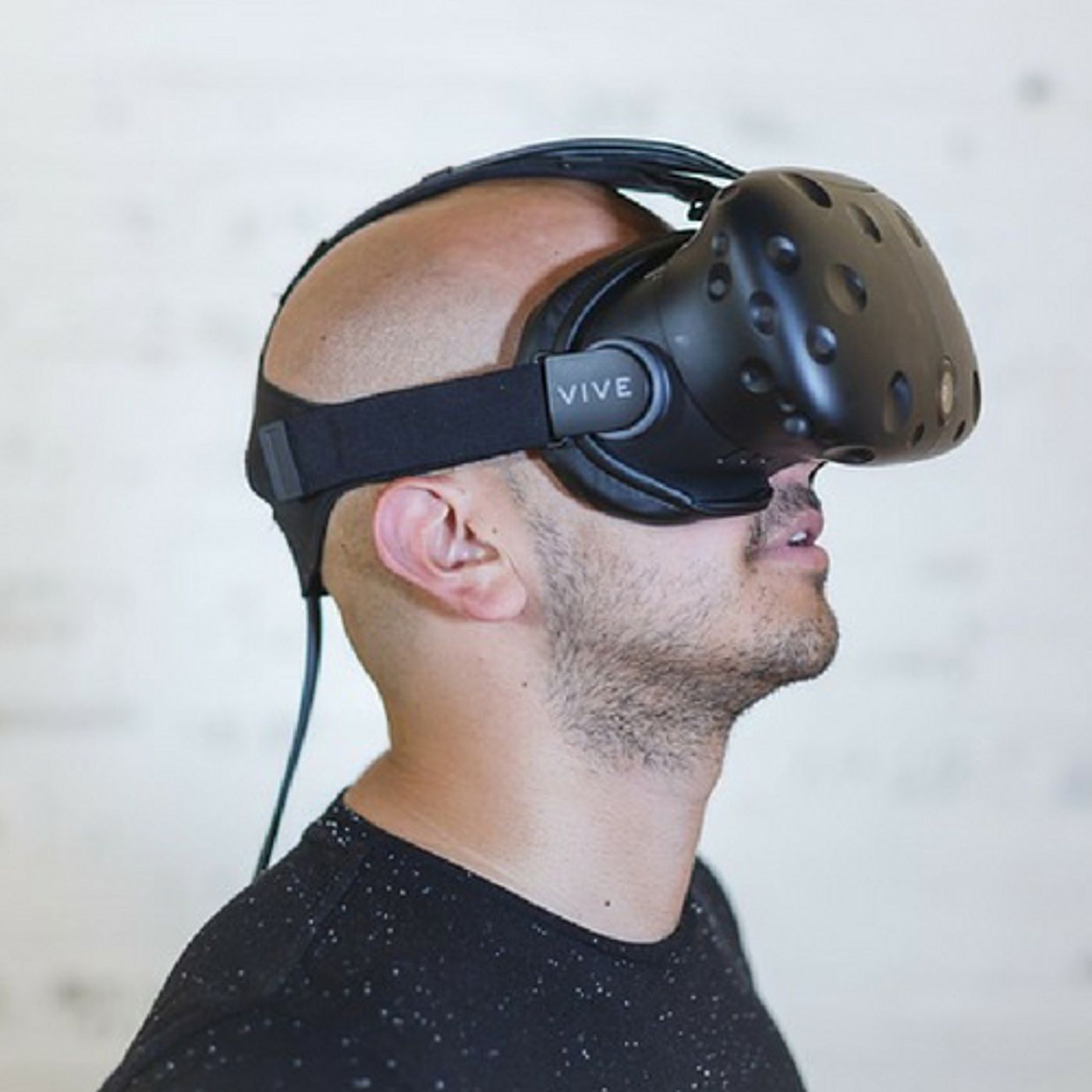Walking Through the Brain
Any time a patient is diagnosed with a brain tumor, it can be overwhelming for them, their families and caregivers. Brain cancer can be extremely aggressive and is often difficult to treat. Many medications cannot reach brain tumors because of the blood-brain barrier (BBB) that keeps out potentially toxic substances. Operating can also be extremely hazardous since many times tumors are not reachable by standard means.
Imaging has become the best way to identify and locate tumors in the brain, however, it can only show doctors where the tumor is and how big it is. Getting to it is another matter. At the UCSF Benioff Children’s Hospital in Oakland, CA they have the first of its kind Precision Virtual Reality platform engineered by Surgical Theater to map a patient’s brain before surgery. Using VR technology and MRI and CT scans of the brain, the platform creates a virtual model of the brain before surgery. It allows surgeons to virtually walk through the brain, identify tumor locations, blood vessels, and other structural components so that when surgery is needed, the team knows exactly where everything is.
UCSF Benioff Children’s Hospital got the system early in 2018. Kurtis Auguste, MD, Chair of the Department of Surgery and UCSF Benioff Children’s Hospital Oakland Chief of Neurosurgery explained in a press release, “The way by which we interact with patient imaging has been relatively static for many years. VR represents a giant leap forward in translating a rigidly two-dimensional world into the volumetric 360-degree three-dimensional surgical world. Its immersive nature closely mimics what we encounter in the operating room and is a powerful tool to best prepare for the toughest neurosurgical procedures… This tool is unique in the way that it allows me to take patients on a guided tour through their own anatomy, a virtual journey between their arteries, veins, looking over our shoulders at the tumor. You simply cannot get to this level of immersion and understanding by any other means. I have witnessed personally how these tailor-made VR walk-throughs lead to an enhanced patient and family experience, ultimately alleviating their anxiety and improving their satisfaction.”
The system was put to the test recently when Livermore CA high school student Mathias Hahn went to the hospital after waking up with a severe headache. CT scans showed a bleed on the brain. Dr. Auguste operated to relieve cranial pressure and spotted a tumor. The location of the tumor was such that a VR model of Mathias’ brain, using the new platform was the best way to proceed. Hahn’s mother told NBC News that she was glad the technology was available so that Mathias could recover from surgery. He is now cancer free and back to pursuing his interests, going to school and, as he said, “be a normal kid again.”
Dr. Auguste believes that the technology will be used for other applications beyond brain surgery, however, it’s probably most valuable in neurosurgery since there is so little room for error. Check out the video to see Mathias, his family, and Dr. Auguste talk about their VR brain experience.
Sources: MSN News UCSF Benihoff Children’s Hospital NBCDFW.com









